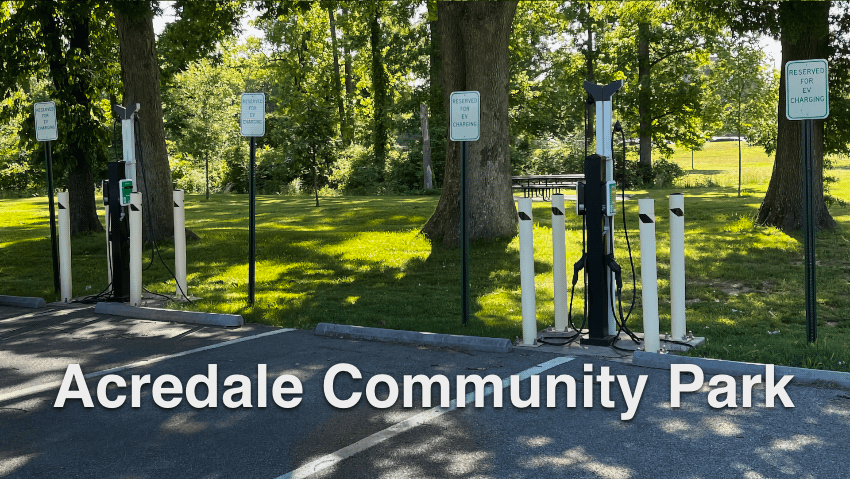
There are some interesting new cell technologies that have come to market in the last few years, and a few more on their way, that are worth reviewing. Despite their vanishingly small market share right now, they often attract more attention. Could they be the next big thing, or will they just be a niche product or doomed to be a historical curiosity?
In the phosphate world, swap a little iron for manganese and you get LMFP with a slightly higher energy density (mainly due to a somewhat higher voltage) and mostly similar other properties to LFP. The moderately higher projected cost of the LMFP is supposed to be offset by the increase in energy, providing a net benefit overall. It is therefore presented as the ‘ideal’ upgrade, but there are still some challenges to be overcome. Firstly, you can’t just drop in LMFP where you had LFP before. The higher voltage means you need to change your BMS and/or power electronics or have fewer cells in series which changes your module design. So, engineering costs to swap are not zero. The level of knowledge about how LMFP behaves, is also lower. Increasing the manganese content is necessary to prevent a double plateau and gain the higher voltage, but there are concerns this will lead to shorter lifetimes due to manganese dissolution.
Sodium-ion batteries are another. A product has just been launched by CATL, stealing a march on a host of others developing this type of cell. Sodium has multiple claimed advantages, with the argument most often based on cost and safety, with the main competition being LFP. The problem for sodium is that the economics appear to be on a knife edge, if lithium prices are high, sodium is worth it, and vice versa if not. They are also predicated on the assumption that someone will sink the billions needed to scale it up to the volumes necessary for the assumptions to be true. However, from a geo-politics and diversifying supply chains point of view, maybe an alternative supply chain for an alternative battery technology does have value and could justify the investment.
Solid-state is a bit further away, with no higher energy density version being commercialised yet, despite that being its most important USP. There are some big names backing and developing the technology, such as Toyota and Quantumscape, and a new consortium CASIP in China including CATL and BYD which is projected to spend almost a billion dollars. Competing with LFP or Sodium on cost is unlikely, and there are some fundamental scientific reasons why power is going to be hard, and safety hazards are going to be different at best or challenging at worst, leaving energy density the only sensible justification for investing in this new tech. As LFP has taught us, energy density is only the main driver for a portion of the battery market. Therefore, if any of these new technologies does make it and reach volume production, I predict they won’t displace the existing contenders for a long time and will simply increase the variety of options on offer.
Affecting all these technologies, nearly every time I hear at least someone claim it will be safer. This demonstrates a fundamental misunderstanding of safety as a concept. There is no such thing as a ‘safe’ or ‘safer’ cell type. It is the job of the engineer to determine how much it will cost to make the product safe enough. For some new cells this may be cheaper to achieve, but the engineers won’t know how to do this without knowledge, and that requires prototypes, testing, and eventually field data from years of scaling up. It is this data that gives us the learning rates for a new technology, and unfortunately there is no way to speed this up without shed loads of cash. Therefore, early adopters must normally be in a niche where the USP of the new technology is worth enough to offset the disadvantages of being the guinea pig contributing towards those learning rates.









